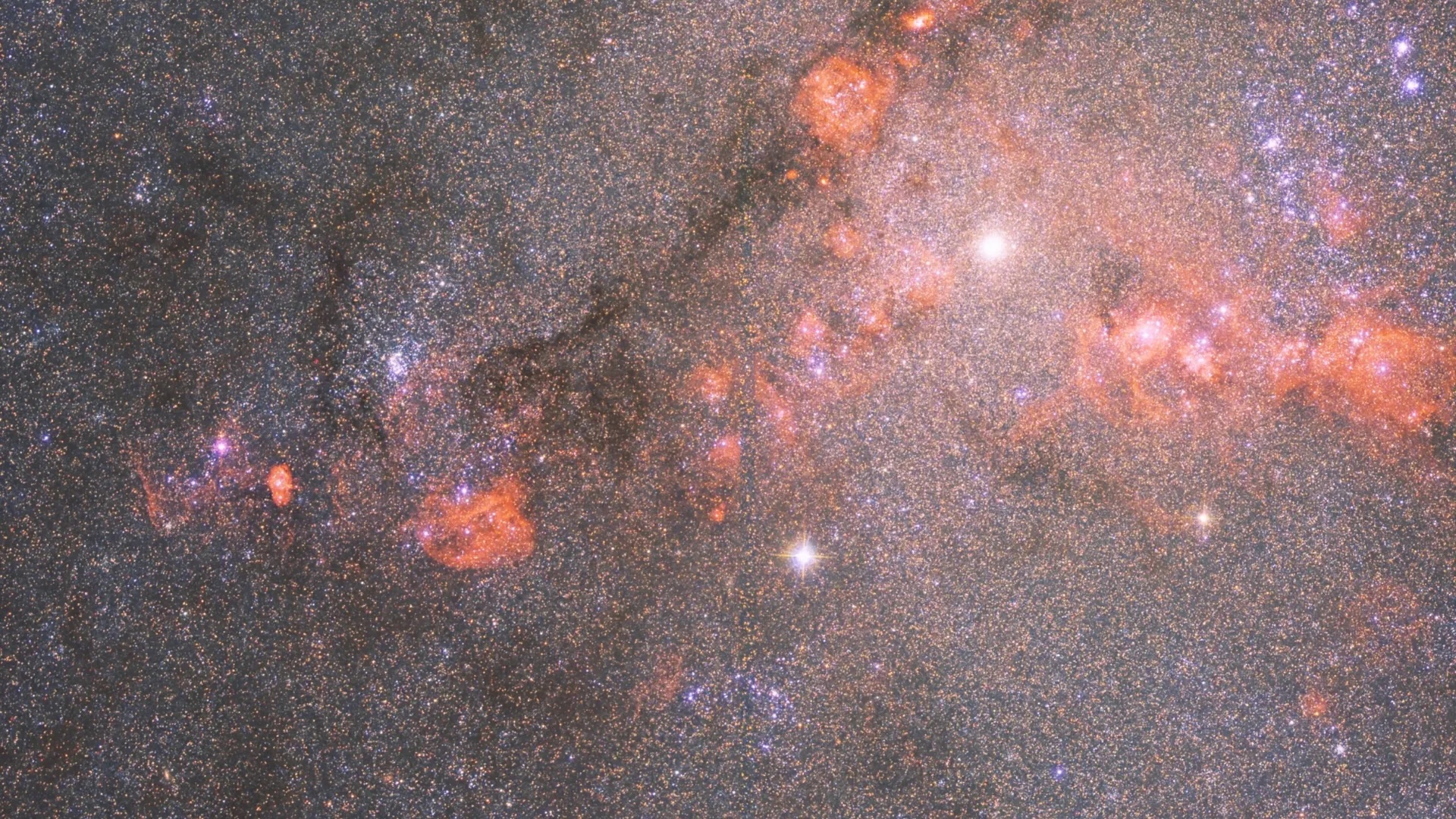Buildings, Vol. 13, Pages 1045: The Analysis of the Maintained/Disowned Relationship among Firmitas, Utilitas, and Venustas to Preserve the Cultural Heritage: An H-BIM Approach for the Management of Historic Buildings
Buildings doi: 10.3390/buildings13041045
Authors: Alessandra Cernaro Ornella Fiandaca Raffaella Lione Fabio Minutoli
Understanding the transformations of a historic building is a complex but necessary operation to plan future, more aware maintenance works that preserve the architectural quality. This study proposed to analyze the changes undergone by an edifice over time by virtue of the Vitruvian triad, namely the criteria formalised by Vitruvius to judge architecture: firmitas (construction system), utilitas (utility), and venustas (aesthetics). These criteria depend on the designer’s mindset but also the influence of historical, cultural, or local factors. The theme required a prior reflection on the mutations of the Vitruvian triad over time. Based upon these relationships, the analysis of the architectural heritage of Messina was started because it is emblematic due to historical events: buildings constructed after the earthquake of 1908, subject to war damage repairs, and then maintenance. Their firmitas, utilitas, and venustas changed for historical, cultural, social, and normative reasons. In this regard, the former Fascist House has significant features: the repeated changes in intended use that produced planimetric variations, technical-constructive modifications sometimes connected to formal choices, and to the abolition, albeit partial, of fascist symbols. The current appeal to experiment with digital technologies has led to examination of the opportunities of the BIM methodology, finding in the model historicisation a way to document and record the triad variations of an existing building in the virtual environment. The research topic proposes an operative approach for more incisive analysis and digitalisation of historical buildings, trying to make a contribution to Target 4 of Goal 11 of the 2030 Agenda for Sustainable Development: to strengthen efforts to protect and safeguard cultural heritage.

 1 year ago
43
1 year ago
43

